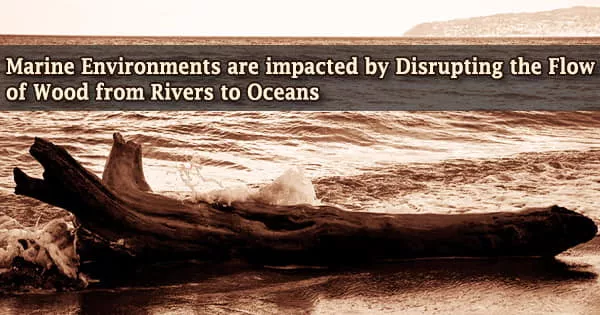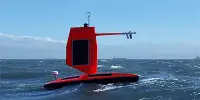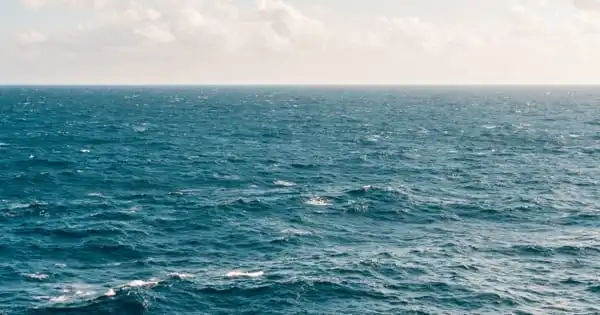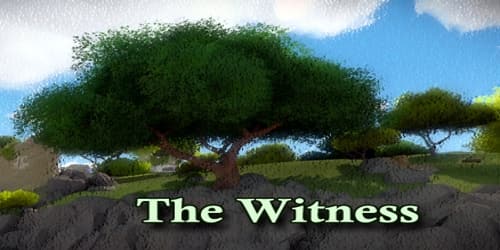Ellen Wohl has always been enthralled by what takes place beneath the waves. She investigates the relationships between rivers and water, sediment and wood flow, and the landforms that follow.
Oceans cover 71% of the Earth’s surface and provide us with food, oxygen, and employment opportunities. However, they are the least well-known, biologically varied, and underappreciated of all ecosystems.
Wohl, a Distinguished Professor at Colorado State University, recalls seeing the first photographs of species discovered near hydrothermal vents in the deep sea in the 1970s. Her fascination with the sea and the communities formed by creatures on pieces of wood that sink to the ocean floor led to a new line of inquiry for the fluvial geomorphologist.
Ocean and marine systems supply us with critical services such as carbon collection for climate mitigation, renewable energy, and storm surge protection, to mention a few, from deep oceans to coastal reefs, mudflats to seagrass beds.
As the world’s population rises, we’re looking further and deeper into the waters for fish, oil, gas, minerals, and new genetic resources in order to keep up with demand.
The oceans that sustain us are being harmed as a result of this. According to Wohl, a lot of wood used to end up in oceans, but humans have disrupted the cycle.
Estimating the entire worth of marine ecosystems could provide policymakers with a compelling argument for better ocean management and investment in marine conservation. While improving human well-being, would lessen environmental hazards and ecological scarcities.
The related study, “Damming the wood falls,” was published Dec. 10 in Science Advances.
Wohl collaborated with Emily Iskin, a doctorate student in the Warner College of Natural Resources Department of Geosciences, to measure records of wood flowing to reservoirs and coastal locations in order to estimate the size of worldwide wood migration.
Data from the United States, Canada, France, Russia, Serbia, and big regional datasets from Switzerland and Japan were examined.
The scientists calculated that 4.7 million cubic meters (166 million cubic feet) of massive wood may enter the oceans each year, a maximum estimate owing to wood removal from rivers and reservoirs and a minimum estimate due to deforestation and river engineering.
According to Wohl, reducing these wood movements has a negative impact on coastal and marine environments.
Small-scale human impacts, such as removing wood from a river, draining a floodplain, and logging a hillslope, affect the entire river corridor at a much broader scale. Everything is connected. Logjams in a river are not only beneficial to that local ecosystem, but also provide benefits downstream all the way to the open ocean.
Iskin
The researchers seek to raise awareness about a problem that many people may be unaware of: stopping the flow of wood from streams has negative repercussions for marine environments.
“We as humans have been altering the wood cascade and interrupting it for more than a century,” said Wohl.
Driftwood is destroyed in some coastal locations, such as tourist beaches in the Mediterranean, despite the fact that it is essential for a range of plants and animals, as it provides crucial nutrients and aids in sand movement.
“When driftwood sinks, it’s like a sunken coral reef,” said Wohl. “Living creatures, mostly invertebrates, clams, and crustaceans use that wood as a refuge.”
‘Everything is connected’
Iskin, whose master’s thesis at CSU focused on massive wood dynamics in Yosemite National Park’s Merced River corridor, stated that the way humans interact with wood is fundamentally different from how forests were before humans existed.
“Small scale human impacts, such as removing wood from a river, draining a floodplain, and logging a hillslope, affect the entire river corridor at a much broader scale,” she said. “Everything is connected. Logjams in a river are not only beneficial to that local ecosystem, but also provide benefits downstream all the way to the open ocean.”
These human impacts, according to Iskin, aren’t intrinsically good or harmful, but they will surely change river systems.
“Sometimes we can anticipate those effects and sometimes we can’t,” she said. “The rivers are going to adjust to their current environment.”
Wohl believes that in the future, scientists will use radio tracking devices on logs and wood.
“You could track them from satellites and watch oceanic circulation patterns,” she said.
Wohl expects that this research may encourage studies to estimate wood flux to the seas from huge rivers that are still largely undammed, such as the Mackenzie and Yukon in North America and the Amazon and Congo in the tropics.
“It would be great if we could get more studies around the world of what’s coming into reservoirs and going out into the ocean,” she said.
















